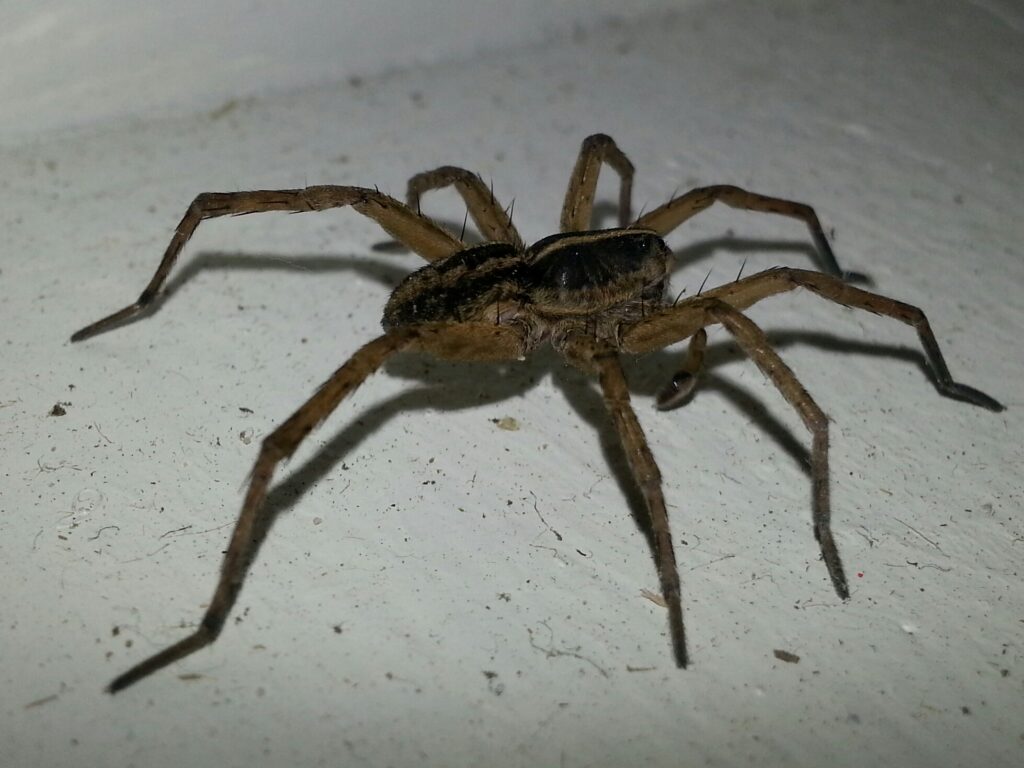 The retail environment is highly competitive and it takes a lot of effort to make your store look and feel great. The last thing you want is a pesky pest problem ruining an image that you have worked hard to create. It only takes one rat, mouse, or cockroach to undo all your hard work and send your customers elsewhere.
Large storage areas, high volumes of foot traffic and doors that are continuously opening and closing, make retail spaces highly susceptible to pest infestations. Besides ruining your reputation, pests can also make your store an unsafe and unsanitary work environment.
For these reasons and more, having an effective I.P.M. (Integrated Pest Management) strategy is vital to protecting your business from any unwanted pests. If you haven’t devised a strategy for pest prevention, don’t worry, Truly Nolen can help create one tailored to your business.
The retail environment is highly competitive and it takes a lot of effort to make your store look and feel great. The last thing you want is a pesky pest problem ruining an image that you have worked hard to create. It only takes one rat, mouse, or cockroach to undo all your hard work and send your customers elsewhere.
Large storage areas, high volumes of foot traffic and doors that are continuously opening and closing, make retail spaces highly susceptible to pest infestations. Besides ruining your reputation, pests can also make your store an unsafe and unsanitary work environment.
For these reasons and more, having an effective I.P.M. (Integrated Pest Management) strategy is vital to protecting your business from any unwanted pests. If you haven’t devised a strategy for pest prevention, don’t worry, Truly Nolen can help create one tailored to your business.
The most common pests found in retail spaces
- Rats
- Mice
- Cockroaches
- Ants
- Spiders
- Flies
- Termites
- Birds
Five areas in a retail space most likely to be infested by pests
-
- Product storage and storerooms – The storage section of your retail space is a favourite habitat for all kinds of pests, and dried food products are especially prone to attack. Pests love to tuck into cereals, seeds, nuts, chocolate, dried fruits, birdseed, pet food, and cured meats. And don’t think that sealed packaging will keep your products safe. Many pests are more than capable of gnawing their way through cardboard, plastic, cellophane, and paper. The pests most commonly found in storerooms are; beetles, Indian meal moths, spiders, cockroaches, and rodents.
- Employee breakrooms, locker rooms, and canteens – These areas are high risk for an infestation because they are a reliable source of food. Spillage, crumbs, and food that is not appropriately stored can attract a wide variety of pests. Many pests are bought into your store on your employee's clothing or in their belongings. To help prevent an infestation all staff areas need to be kept clean and monitored at all times for pest activity. Staff food must be stored in appropriate containers that close tightly, and employee clothing and belongings should not be stored alongside work uniforms and equipment.
- Firewood supplies - If you own a store that stocks firewood, you could be harbouring a whole range of pests. Firewood is typically home to a number of different pests, everything from mice to carpenter ants.
- Loading docks – These are a primary entry point for pests. Raw food and packaging material provides the perfect hiding place for rats, mice, and cockroaches. Controlling warehouse pests is complicated and requires effective pest management that needs to be carried out by a local pest control expert.
- Dumpsters and trash storage – it comes as no surprise that these are ideal breeding grounds for pests. Decaying food and rotting waste attract unwanted pests by the dozen. The best way to control pests in these areas is to introduce good sanitation practices. Only use heavy-duty plastic bags to dispose of food waste and make sure that the bags are properly sealed. Dumpsters and the surrounding areas need to be regularly cleaned.

